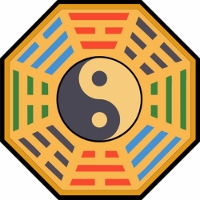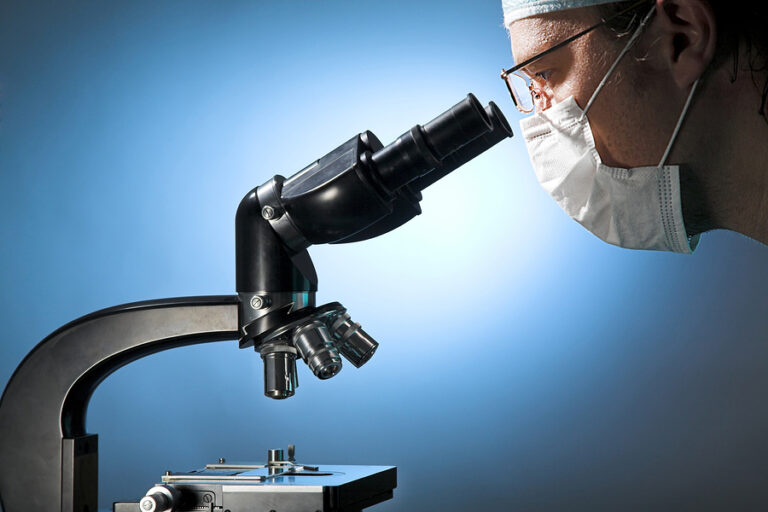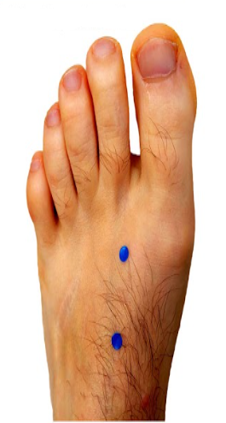Chinese medicine, being an ancient medicine, uses unique diagnostic tools that have evolved over thousands of years. Needless to say, in 200 BC, a time when Chinese medicine flourished in various parts of China, there were no technological means such as X-rays or laboratory blood testing and analysis. The ancient Chinese collected information about the human body in unique ways. These methods were researched and checked over the years and proven to be clinically effective. That is to say that on the basis of these diagnostic theories and methods a treatment strategy would be chosen, applied and proven to give the desired clinical results.
Despite the lack of technological means existing today, the Chinese ancients understood and knew well the anatomy of the body: location and function of internal organs, location of tendons and ligaments, understanding of different muscle functions and comprehension of the pathways of blood vessels and nerves. All these helped the ancient Chinese to understand the physiological processes taking place within the body. Over time, along with lengthy clinical experimentation, a strong folk medicine was developed in China.
The diagnostic process of disease in Chinese medicine is divided into four main pillars:
- Questioning – Chinese physicians, in their quest to understand a person’s disease, rely heavily on understanding the symptoms the patient describes and the signs that can be seen objectively. Due to the lack of modern diagnostic tools, the ancient physicians were very skilled in finding disease patterns by means of questioning the patient. Therefore, during the interview a comprehensive questioning is carried out on a wide range of topics in order to get a clear picture of the body’s condition.
- Smell – Smelling the patient – Certain secretions such as sweat, urine and feces. Gastrointestinal-related odors such as flatulence or bad breath can be indicative of various conditions in the body. (Nowadays it is no longer customary to smell urine and feces, of course.)
- Observation – looking at the patient’s body in a very broad sense. This includes observation of the patient’s facial complexion and color (red face implies heat in the body, pale face indicates weakness in the body’s energy, etc.), the patient’s gaze (checking if the eyes are bright or lusterless- very important in diseases involving mental states, such as depression), and the patient’s body structure and posture. A final and especially important part of this form of diagnosis includes observation of the tongue. Tongue observation is a unique diagnostic method that has evolved in China throughout the history of Chinese medicine and has played a very important role in diagnosing the problem. In fact, the tongue is divided into certain areas, each such area representing different internal organs. Through the color of the tongue, its shape and the degree of coating on the tongue, one can get a snapshot of the condition of the internal organs in the body.
- Palpation/massage – This examination is similar to the physical test performed by a conventional doctor. The palpation examination is divided into two main types:
- Radial artery palpation: Pulse diagnosis in Chinese medicine is very different from Western medicine. While in Western medicine the check is for the amount of beats per minute, in Chinese medicine, in addition to the amount of beats (which indicates the speed/slowness of the pulse), the quality of the pulse is also checked. There is a certain similarity here to the tongue diagnosis method. Three fingers are placed along the radial artery, and each finger position constitutes a reading for a certain area in the body (upper, middle and lower) and is also affiliated to a particular organ/s. Pulse diagnosis checks the quality of the pulse, which often differs from one position to another.
2. In addition to the pulse, the Chinese doctor palpates different areas and sections of the body, especially the regions between the wrists and the elbows, as well as between the ankles and the knees. This palpation is performed with the thumb sliding on the skin. The pressure with the thumb is not painful and it is even pleasant. In addition, certain acupuncture points are pressed, mainly in the abdomen and the back, and serve as a diagnostic tool. When there is increased sensitivity when applying pressure to certain points, it may indicate some kind of disharmony in the body.
It is important to emphasize that all palpation diagnosis is performed on the fully clothed body under maximum adherence to the patient’s privacy.
To read more about the palpation method developed by my teacher, Dr. Wang Ju Yi, click here.




